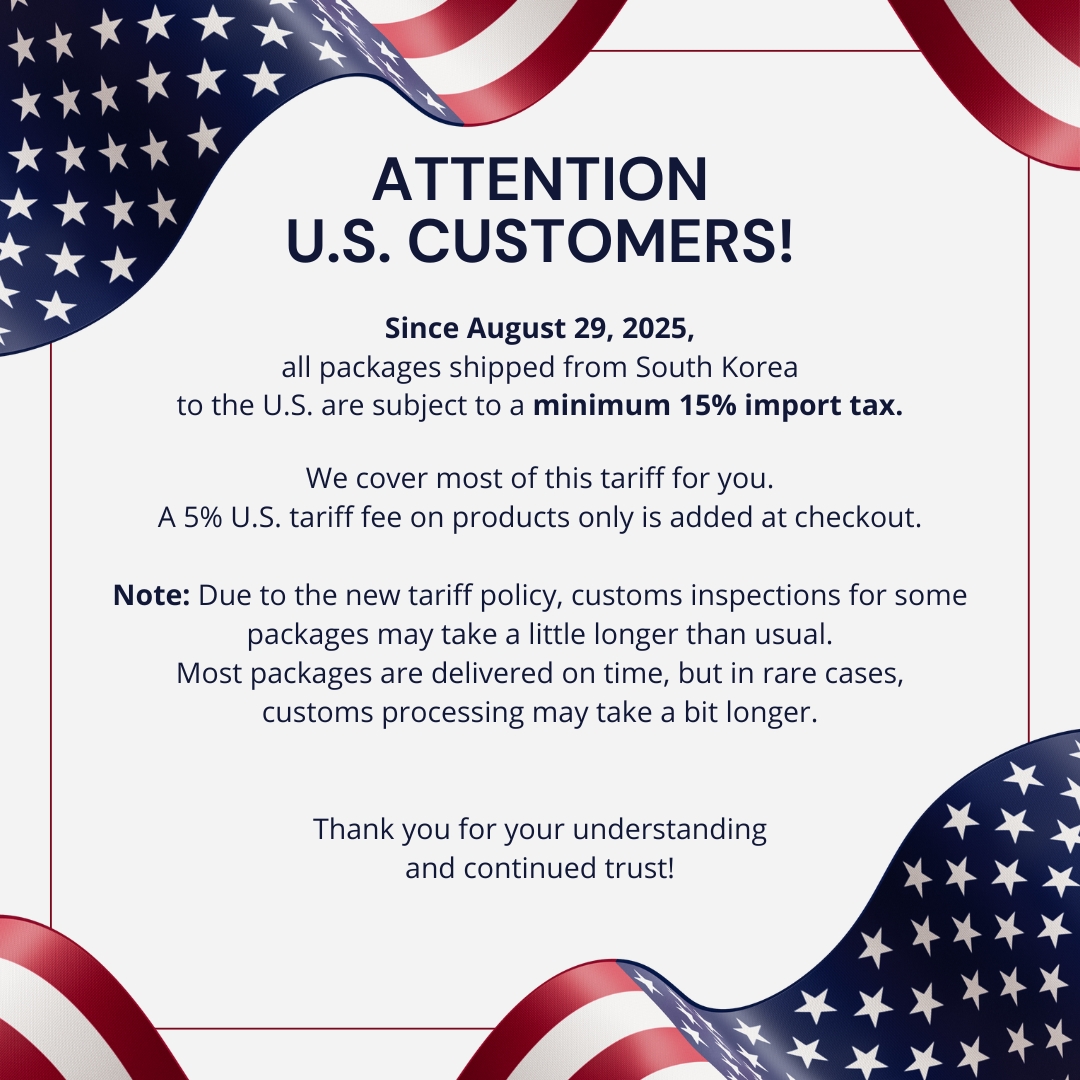PLLA Injections: Mechanism of Action, Techniques, and Clinical Guidelines
What Is PLLA and Why Has It Become a Go-To Tool in Modern Aesthetics?
Poly-L-Lactic Acid (PLLA) is a synthetic, biodegradable polymer derived from lactic acid – the same molecule that naturally occurs in human metabolism. Originally used for absorbable surgical sutures, PLLA entered aesthetic medicine as an injectable biostimulator rather than a classic “filler.” Instead of acting as a space-occupying gel, its microscopic particles trigger a mild, controlled inflammatory response that recruits fibroblasts and drives new collagen formation over the course of several months.
Why clinicians choose PLLA
|
|
|
|---|---|
|
18-24 months of effect |
Newly formed collagen outlasts HA gels by at least a year. |
|
Natural, progressive volume |
Gradual thickening avoids an “overfilled” look. |
|
Multizonal versatility |
Effective for mid-face, temples, jawline, and body areas. |
|
Proven biocompatibility |
Decades of surgical use; low nodule risk with correct protocol. |
|
Synergy |
Combines safely with HA fillers, RF/ultrasound, and skin boosters. |
Indications at a Glance
|
Zone |
Clinical goal |
Injection pearls |
|---|---|---|
|
Mid-face, lateral cheeks |
Lipoatrophy, “runner’s face” |
Supra-periosteal fan threads |
|
Temporal hollow |
Brow/temple re-inflation |
Deep bolus + fanning |
|
Nasolabial / marionette |
Deep folds |
Sub-dermal linear retrograde |
|
Jawline & chin |
Loss of contour |
Cannula along mandibular border |
|
Buttocks, thighs, arms |
Skin laxity, cellulite |
High-volume cross-hatching |

General Guidelines for the Use of PLLA-based Products
Before use, the product must be reconstituted with sterile water for injection or 0.9% NaCl, depending on the manufacturer’s instructions. Lidocaine may be added if necessary. Reconstitution should be performed at least 2-12 hours prior to the procedure, and the solution must be mixed slowly to avoid foam formation. Some manufacturers allow storing the reconstituted product in a refrigerator for up to 72 hours. The dilution volume depends on the treatment area: typically 5-8 ml per vial for the face and up to 10-16 ml per vial for the body.
Injections are administered using cannulas: 22G-25G for facial areas and 18G-21G for body areas. The injection depth varies depending on the anatomical region: supraperiosteal for areas like the cheeks and chin; subdermal or deep dermal for nasolabial folds, body zones, and other regions. The most common injection techniques are fan and linear retrograde. It is essential to ensure even distribution of the product and avoid superficial placement or localized accumulation.
Immediately after the procedure, a 5-minute massage should be performed on the treated areas. The patient should then continue self-massage following the 5×5×5 protocol: 5 minutes, 5 times per day, for 5 consecutive days. For the next 7-10 days, patients should avoid thermal or invasive treatments (e.g., sauna, radiofrequency, laser, or repeat injections).
PLLA-based fillers do not provide immediate results. The effect builds gradually, peaking at 3-4 months and lasting up to 2 years. The interval between sessions should be no less than 4-6 weeks. A new treatment course may be considered after 12-18 months. Contraindications include pregnancy, breastfeeding, active inflammation, autoimmune diseases, and cancer.
PLLA-Based Products in Our Assortment
| Product Name | Key Features |
|---|---|
| AestheFill | Classic PLLA filler. Promotes natural volume restoration. Effects last up to 24 months. |
| Etrebelle 200 mg | High-concentration PLLA. Suitable for advanced volume loss and lifting. |
| Etrebelle 50 mg | Lighter version. Ideal for preventive care and subtle corrections. |
| Power Coltra | Versatile biostimulator. Enhances skin firmness and restores facial contours. |
| Petaran | Affordable PLLA option. Gradual and even collagen stimulation. |
You can view all products containing PLLA here.


